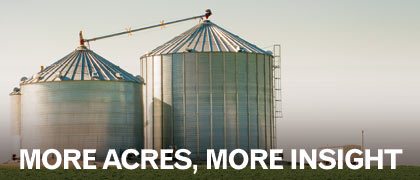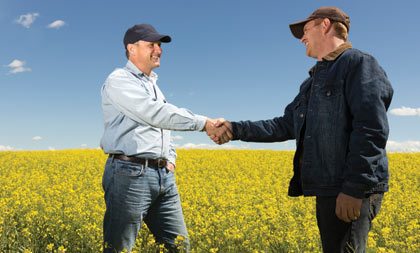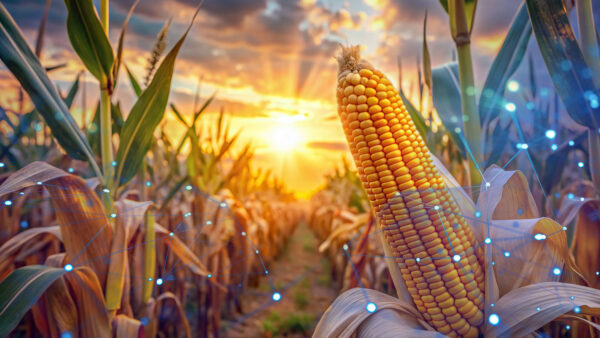One expert offers tips to improve communication about value to large-scale farmers focused on achieving business goals and growth.
Today’s farmers are growing, and that means that their relationships with seed suppliers have changed significantly. Scott Downey, assistant professor in the Department of Agricultural Economics at Purdue University, has tips for seed companies to better serve the needs of today’s large commercial producers.
Downey says that today’s large-scale growers are much more focused on what they can accomplish in their businesses. While trust will always be important when making seed decisions, growers are focused on desired outputs and business efficiency, and their relationships with seed dealers are less about history and tradition than they used to be.
Because of this focus on goals and growth, Downey says that salespeople need to be able to identify the broader impacts of their products on farmers’ businesses and relate value to where farmers are trying to go in their businesses.
“Communicating the value of the product no longer just means saying, ‘This seed gives the plant resistance to X or the productivity of Y,’” Downey says. “It also means telling the farmer how the product can help him accomplish certain goals in his business.”
“The key here is attaching value propositions not to the product, but to the customer.” — Scott Downey
To improve communications about value with farmers, Downey suggests that companies should first think about the needs and capabilities of the farmer segments they’re trying to reach. “Although the size of the operation may not always be the best way to segment, we have to understand that a grower with 3,000 acres behaves differently than a grower with 30,000 acres,” he says.
Understanding the behaviors of the growers they are trying to reach will help seed companies understand the kind of business activities their companies can connect with. For example, says Downey, the farm business has to find and acquire land, which may mean renting land. Renting land may result in a higher degree of variation with respect to how water is managed in a particular field. The grower will not make the financial investment in tiling the rented field, so the field might have standing water in some places. Knowledge of this sort is an opportunity for a seed company to market a seed that does well in a field with poor drainage, says Downey. But the benefit to the farmer is not seed performance—it’s the ability of the farmer to grow his business.
A seed salesperson needs to be savvy enough to relate the value in a different way. “The key here is attaching value propositions not to the product, but to the customer,” says Downey. “That’s a real difference in mindset, because seed companies are used to saying, ‘We have created product X, and product X does Y.’ That’s a statement which relates the benefits to the product. But now, we need to relate the benefits to the customer.”
According to Downey, that means helping a sales force understand what that message will be in different applications. “They can’t just have a catalog of seeds and traits—they also need a catalog of customers, and the ability to say, ‘Here’s how these seeds and traits might relate to these types of customers.’”
“As marketers, we haven’t done a great job of communicating in that way,” Downey says. “We tend to allow the product to stand on its own and say that the product has inherent benefits to it. But that’s not true—the product has no benefits until it goes into that farmer’s ground. And so benefits can only come in coordination with the buyer. We call that co-creating value. We’re making the jump to a more effective way for marketers to communicate.”
Kristyn Kapetanovic
Editor’s Note: Kristyn Kapetanovic is the marketing assistant at the Center for Food and Agricultural Business at Purdue University. She can be reached at kristyn@purdue.edu.














